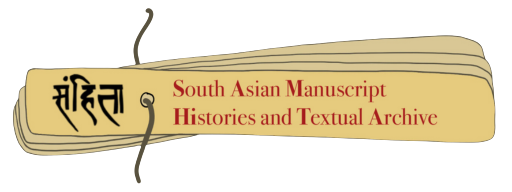Surveys
The relational database and digital library form the core of SAMHiTA; as important are public engagement through lectures and exhibitions, and surveys of collections that are yet to be documented.
Nepal has a rich heritage of manuscripts including Buddhist and Hindu texts, in languages such as Sanskrit, Pali, Tibetan, Hindi, Newari, Nepali and hybrid languages, covering several areas of knowledge such as scripture, sciences, poetics, medicine, astronomy, and in scripts like Devanagari, Bhujimol and Ranjana. These range from poetry, Sutra texts, and Vinaya, Mahayana texts to Stotras and narrative literature. They are found all over the country in different institutions, libraries, monasteries, and in several private collections spread across the country. In fact, Nepal has possibly the some of the oldest collection of manuscripts anywhere in the world, including many rare texts, and the oldest extant versions of texts like the Natyasastra and Susrutasamhita.
In recognition of the significance of this legacy to Central and South Asian culture, a preliminary survey in Nepal found that a significant number of manuscripts have had a history of travel from countries such as India, Tibet and other countries in the Asian region. Creation, acquisition and transmission of manuscripts became a vigorous activity during the medieval, premodern ages. Many manuscripts saved from Nalanda were brought to Nepal and later copied in Newari. International institutions have entered into collaborations with local partners to preserve and digitize these collections, and make them accessible for research. However, given the scale of the material, and its present vulnerable conditions, more needs to be done on an urgent basis.
In collaboration with the Nepal Art Council, the IIC plans to document both collections of manuscript repositories under the government, and the vast collections of manuscripts in private collections.

